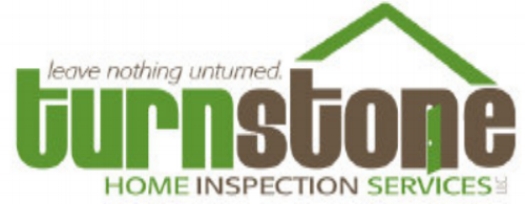What is Radon?
Maybe you’ve heard of your neighbors getting their homes tested for radon and wondered what is radon? Radon is a tasteless, odorless, and colorless gas that is emitted by the radioactive decay of radium, which is found in much of the earth's rocky crust. Exposure to high concentrations of radon has been linked to cancer. According to the Environmental Protection Agency (EPA), Radon is the number one cause of cancer in non-smokers.
Radon is everywhere. All buildings in contact with the ground will have some amount of radon present.
The average concentration in outdoor air is 0.4 pico Curies per liter (pCi/l). The EPA recommended action level for homes is greater than or equal to 4.0 pCi/l, but as there is no known safe level of exposure, the EPA also recommends that Americans consider fixing their homes when the radon level falls between 2.0 and 4.0 pCi/.
So, what is a radon test? A radon test (short term) lasts a minimum of 48 hours, and takes an hourly sampling of the air in the lowest habitable level of the home, under closed house conditions. Closed house conditions require that the house is not aired out (windows closed; doors closed when not entering or exiting the house) and that no air exchange systems (besides existing radon mitigation systems) are in operation for the entire 48 hour period. The use of a furnace or air conditioner is okay. Evaporative cooler (also known as a swamp cooler) use is not allowed.
There are a few options for testing radon. Charcoal canister radon test kits are available through most hardware stores. Once the canister has been exposed for 48 hours, they are sent to a lab for analysis, and results are available generally within a week. This type of test gives an overall average radon level for the test period.
More detailed results are available from continuous radon monitors, which take hourly radon level readings. Results are available the day the test is completed, and include a graph of these on-the-hour samples, along with two averages - an overall and an EPA radon level. The EPA average excludes the first sample to allow the monitor to reach equilibrium with the ambient air.
What to do once you’ve gotten a test with elevated levels of radon? If you’re not purchasing a home, you’ve got more time to consider your options. The EPA recommends having two tests performed, and taking the average of those two test results. If your results are above 7.0 pCi/l, there is not much chance averaging it with a second test will bring that number down to acceptable levels, so mitigation is in order.
What does mitigation entail? In general, steps are taken to keep soil gases from entering the home. This can be accomplished by a combination of sealing off cracks in the basement or crawlspace floor and creating negative pressure underneath that floor. Caulk can be used to seal cracks in a concrete floor. In a crawlspace, heavyweight plastic sheeting is spread across the dirt, and sealed to the foundation walls. To create negative pressure under this newly sealed floor, a large diameter pvc pipe is run from under the floor, out of the house and terminates above the roofline. A continuously running fan creates a vacuum to keep those soil gases from drifting up into the house.
Need more information? I’m a NEHA/ NRPP certified Residential Radon Measurement Provider, and am happy to answer any questions you may have: Jerry@Turnstone-llc.com cell: 720-563-1008
The EPA website is a also good source of information on radon: http://www.epa.gov/radon/index.html
